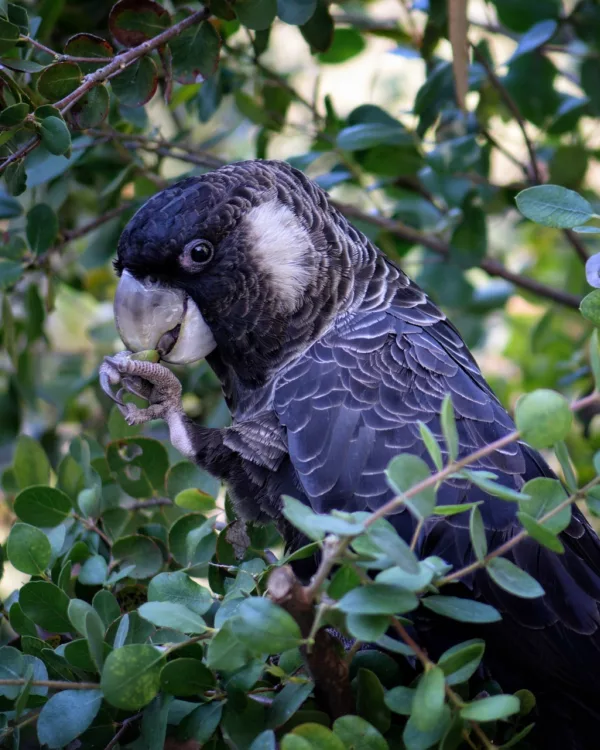Nationally protected, Banksia Woodlands are a unique collection of plants and animals only found together along the Swan Coastal Plain in Western Australia. #
With as little as 10 per cent of intact vegetation remaining their preservation and restoration is critical. Woodlands provide vital habitat for over 50 nationally threatened species including Baudin's, Carnaby’s and Forest Red-tailed black cockatoos, Chuditch (western quoll), Western Ringtail Possum and many birds, invertebrates, and wildflowers unique to the south-west region.

Project Overview - Banksia Woodland Restoration Project, Whiteman Park, Caversham
Since 2018, we have continued our vital restoration of an area of Banksia Woodland in Whiteman Park that was cleared in the 1930s for grazing. As a nationally protected ecological community, Banksia Woodlands are an essential component of the ecological functions of the Swan Coastal Plain. Reinforcing the significance of this restoration project for many native species that rely on these woodlands for survival.
Our restoration is encouraging a return of native birds and animals to forage and breed including the endangered Woli (Woylie), Nyingarn (Echidna), Djorrdjilyas’ (Splendid Blue Fairywrens), the endangered Ngoolarks’ (Carnaby’s Cockatoo), Quendas’ (Southern Brown Bandicoot), and Karda (Gould’s Racehorse Goanna).
Key species
Biara (Candle Banksia) Banksia attenuata, a prime food resource for many native animals.
Bulgalla (Firewood Banksia) Banksia menziesii, an important species in restoration providing forage and roosting sites for several bird and insect species.
Dwutta (Pricklybark) Eucalyptus todtiana, an important source of nectar for honey eating birds and insects.
Marri Corymbia calophylla, recognised for its ability to support up to 800 species of invertebrates, making it an important species for biodiversity in the local area.
